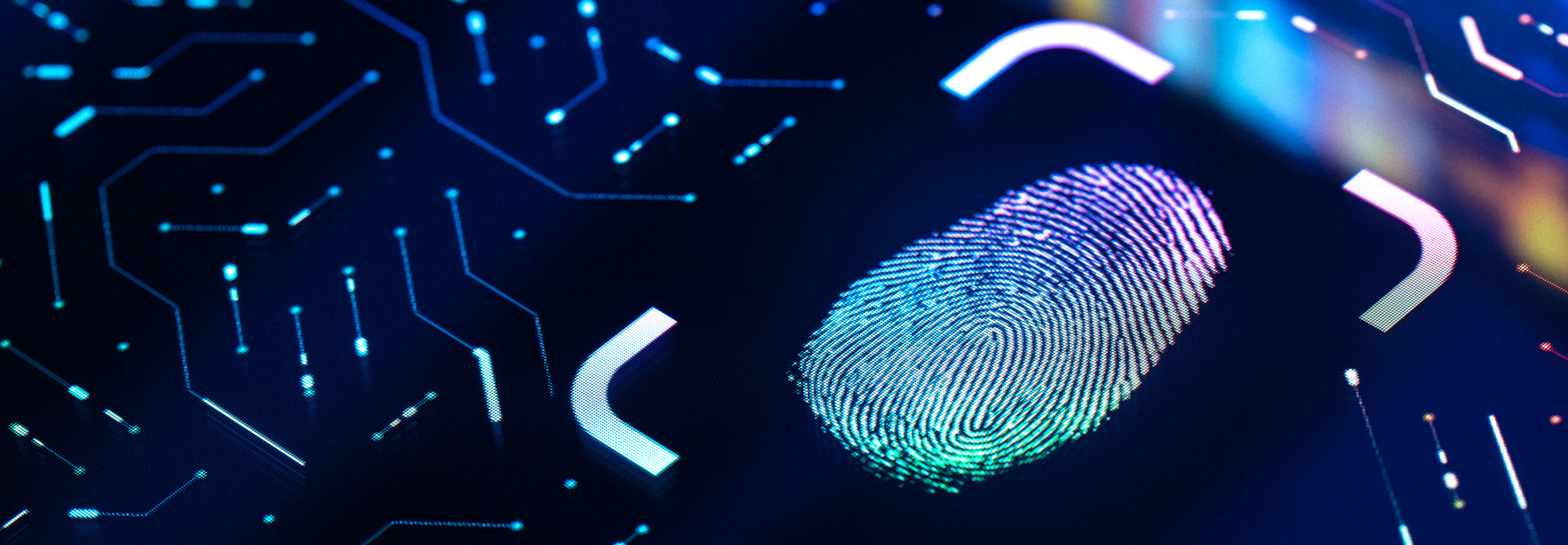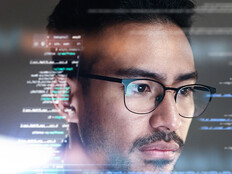With face recognition technology, computer vision is used to create a biometric template of a user’s face, measuring unvarying characteristics such as the distance between the eyes and the length of the nose. When users present themselves for access, that image is given a match score against the template for that user; if it’s a match, the user gains access.
Whether it uses faces or digits, biometric authentication has distinct advantages for financial institutions and their customers.
READ MORE: Learn about the new financial services landscape.
Biometrics Protect Security at Each Step
Fingerprints take the lead on precision security. No two fingerprints are alike, so fingerprint authentication has an inherent security and permanence compared with many other forms of identification. Common identity scams become much more difficult to execute with biometrics.
Face recognition is also relatively secure, though the technology still carries risks. Research indicates that there’s a higher false match rate among images of Black people compared with those of white people. And in a twist out of a legal thriller, identical twins and doppelgangers do pose problems for facial data sets.
RELATED: Find out how these financial services and solutions can help your organization.
Fast, Convenient, Contactless Banking Via the Human Body
Banking customers are not only comfortable with biometrics, they are beginning to prefer the approach: 58 percent of survey respondents said that they would choose biometrics over passwords more than half the time.
Using biometrics removes the need for customers to remember passwords. This is particularly important as security-conscious consumers may have dozens or even hundreds of unique passwords.
It’s also faster: Customers may not have to wade through a slew of two-factor authentication security practices, as biometrics can serve as one factor. Biometrics also mean more accuracy: There’s less risk of legitimate users being locked out of accounts after surpassing the number of entry attempts. Most of all, it’s simple: No need for a password manager or an encrypted list of passwords, just a touch of a finger or a selfie.
DISCOVER: Find out why your organization should consider passwordless authentication.
Biometrics Keep Banks in the Know with Continuous Innovation
Staying at the fore of intelligence protection helps financial institutions keep ahead of fraudulent activity. New security functionalities are constantly being developed, and banks that wait too long to jump into any one territory risk being left behind as consumers migrate to institutions with cutting-edge security and convenience.
For example, biometrics in banking may be widely used for authentication, but biometric-based payment isn’t yet the sector’s baseline. However, institutions such as JP Morgan Chase and Visa are testing biometric payments: Visa rolled out three face recognition payment hubs at the 2022 World Cup in Qatar as part of its mission to bring contactless payment to one of the world’s biggest sporting events.
Biometrics coupled with other authentication measures can form a powerhouse of security. WatchGuard’s tokens can be protected with biometrics, and the system requires a strong biometric imprint. This means that the baseline biometric fingerprint taken to, say, unlock one’s phone might not be sufficient to unlock a token on WatchGuard’s AuthPoint system.
As banks increasingly ask customers to let their fingers do their logging, new security needs regarding biometrics are likely to emerge. But for now, the authenticity of the body remains at the vanguard of authentication.











